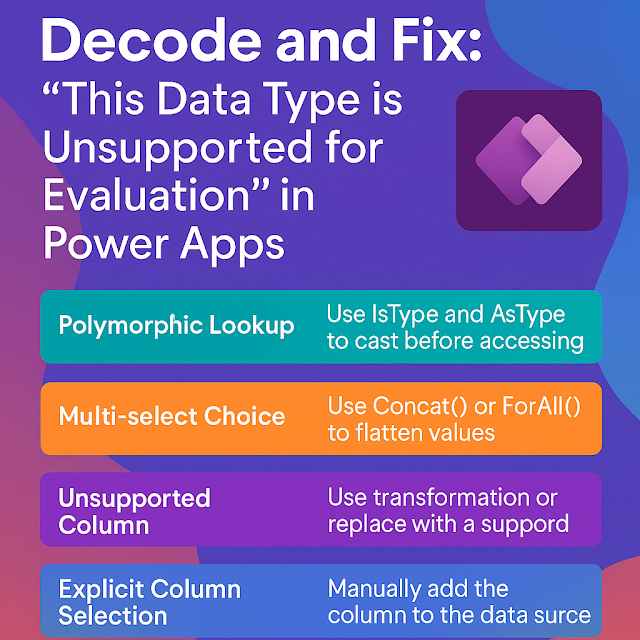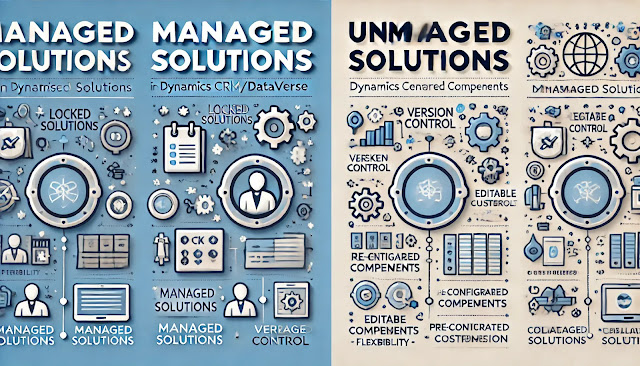A segment-based journey in Dynamics 365 Customer Insights – Journeys (formerly Dynamics 365 Marketing) is a customer engagement process that starts when a contact or lead becomes part of a predefined segment. These segments are dynamic groups of customers who share specific attributes or behaviors—such as recent purchasers, inactive users, or high-value clients. Once a person enters the segment, they automatically begin the journey, triggering a sequence of personalized actions such as sending emails, text messages, or assigning follow-up tasks to sales teams. The journey can branch based on customer interactions, allowing organizations to deliver context-aware experiences at scale. By using segment-based journeys, businesses can ensure timely, targeted, and relevant engagement that adapts as customer data changes in real time, helping build stronger relationships and improve conversion outcomes.
1. What is a Segment-Based Journey?
A segment-based journey is a type of customer engagement automation in Dynamics 365 Customer Insights – Journeys that starts when a contact or lead becomes part of a defined segment.
A segment represents a group of people who share specific attributes, behaviors, or engagement patterns — such as new subscribers, high-value customers, or those who haven’t interacted recently.
When a person enters this segment, they automatically enter the journey, triggering a personalized, multi-step sequence of communications and interactions (e.g., emails, text messages, push notifications, or sales follow-ups).
In short, a segment-based journey connects data-driven audience segmentation with automated engagement workflows to deliver personalized experiences at scale.
2. Components of a Segment-Based Journey
A segment-based journey typically includes the following building blocks:
3. How to Create a Segment-Based Journey
Step 1: Prepare a Segment
1. Go to the Segments area in Customer Insights – Data or Customer Insights – Journeys.
2. Create a dynamic segment using conditions like:
- “Customers who haven’t purchased in the last 90 days”
- “Leads who opened the last campaign email”
- “Contacts from a specific region”
3. Save and make sure the segment is live.
Step 2: Create a Journey
1. Navigate to Customer Insights – Journeys → Journeys → New Journey.
2. Choose Segment-based journey as the journey type.
3. Select your previously created segment as the entry source.
Step 3: Design the Journey Flow
1. Drag and drop actions such as:
- Send email (e.g., welcome or re-engagement email)
- Send SMS or push notification
- Create task for sales follow-up
2. Use Wait conditions (e.g., “Wait 5 days before sending the next message”).
3. Add Branches to personalize the path based on behavior:
Example: If contact opens the email → Send offer; If not → Send reminder.
4. Define Exit conditions (e.g., “When the contact makes a purchase”).
Step 4: Activate the Journey
1. Review your journey flow for accuracy.
2. Click Go live — the system validates all steps before activation.
3. Once live, contacts who meet the segment criteria will automatically enter the journey.
4. Real-Time Behavior and Automation
Segment-based journeys in Customer Insights – Journeys are dynamic and real-time:
- When new people meet the segment criteria, they automatically join the journey.
- If someone no longer meets the segment condition (e.g., they make a purchase), they can exit automatically.
- Journeys continuously run in the background, adapting as data changes in Dataverse or connected sources.
This ensures always-on engagement — you set up the journey once, and it keeps running with real-time updates.
5. Business Use Cases
6. Benefits of Segment-Based Journeys - Personalized Engagement: Messages are tailored to segment criteria and customer behavior.
- Real-Time Updates: Automatically adds or removes people as their data changes.
- Automation: Reduces manual effort by running continuously in the background.
- Multi-Channel Communication: Supports email, SMS, push, and task creation in one flow.
- Data-Driven Targeting: Leverages Customer Insights segments built on unified customer data.
- Improved ROI: Delivers timely, relevant communication that drives action and loyalty.
7. Best Practices
- Use dynamic segments for ongoing campaigns (e.g., continuous onboarding).
- Set clear entry and exit criteria to avoid audience overlap.
- Personalize messages using dynamic content from Dataverse fields (e.g., first name, product interest).
- Add A/B testing for subject lines and content optimization.
- Review analytics dashboards regularly to measure open rates, clicks, and conversions.
8. Example: Re-Engagement Journey
Segment: “Customers who haven’t purchased in 60 days.”
Journey Flow:
1. Send reminder email →
2. Wait 5 days →
3. If email opened → Send discount offer →
4. If not opened → Send SMS reminder →
5. Exit when purchase is made.
Outcome: Automates personalized follow-up without manual tracking, reactivating dormant customers efficiently.
In Summary
A segment-based journey is a powerful automation feature in Dynamics 365 Customer Insights – Journeys that combines data segmentation with automated communication to deliver personalized, timely, and adaptive customer engagement. It helps businesses streamline outreach, boost conversions, and strengthen customer relationships by turning real-time data into meaningful interactions.














Comments
Post a Comment